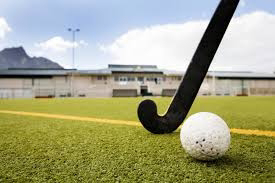1. Volleyball: A round ball specifically designed for volleyball. It is usually made of leather or synthetic materials and has a circumference of approximately 25-27 inches (65-67 cm). The weight of the ball varies depending on the level of play.
2. Volleyball Net: A net that is stretched across the middle of the court to separate the two teams. The net is 39 inches (1 meter) in height for men's competition and 7 feet 4 1/8 inches (2.24 meters) for women's competition.
3. Volleyball Court: The playing surface, which is a rectangular area divided into two equal halves by the net. The court measures 59 feet (18 meters) long and 29.5 feet (9 meters) wide.
4. Antennas: These are flexible rods made of fiberglass or similar materials attached to the sides of the net. The antennas extend vertically 32 inches (80 cm) above the net and mark the boundaries of the playing area.
5. Boundary Lines: Lines that mark the outer boundaries of the court. The lines are typically made of tape or paint and are 2 inches (5 cm) wide.
6. Knee Pads: Protective gear worn by players to provide cushioning and support to the knees during dives and falls.
7. Athletic Shoes: Volleyball-specific shoes with good traction and support to help players move quickly and safely on the court.
8. Uniforms: Each team usually wears matching jerseys, shorts or spandex, and socks. The uniforms help distinguish the players on different teams.
9. Whistle: Used by the referee to signal the start and end of the game, as well as to indicate fouls or violations.
10. Scoreboard: A display board used to keep track of the score and time during the match.
These are the main equipment used in volleyball. Additional items, such as ball carts, ball pumps, and first aid kits, may also be present during games and practices.











